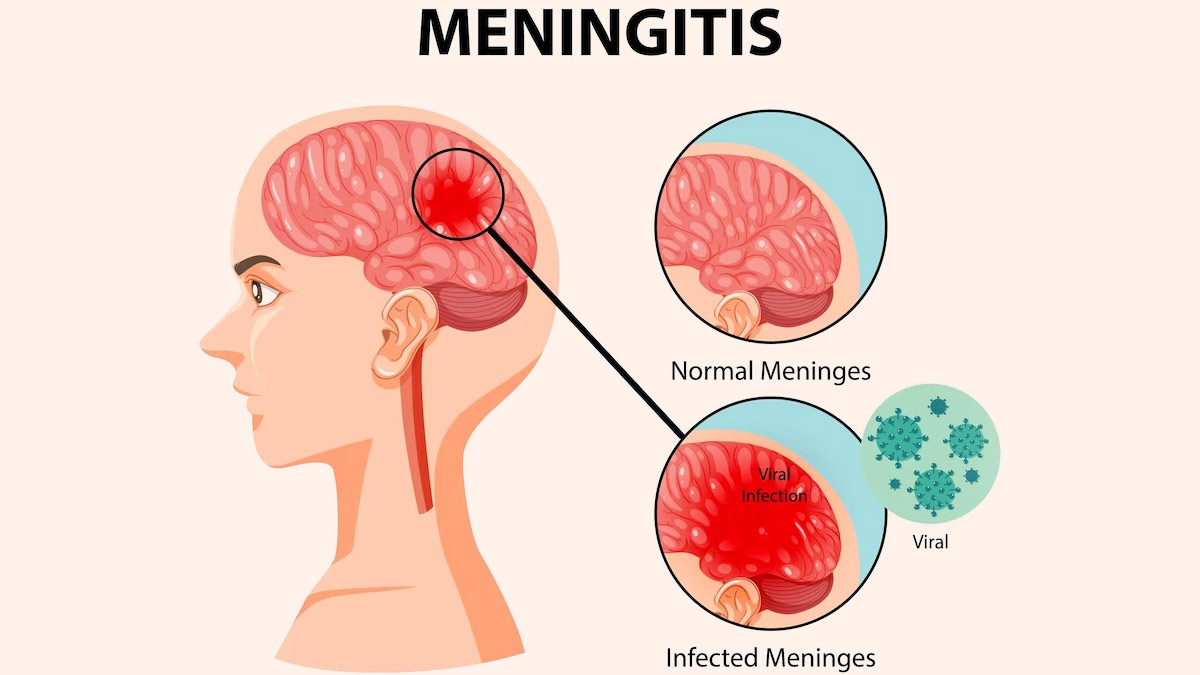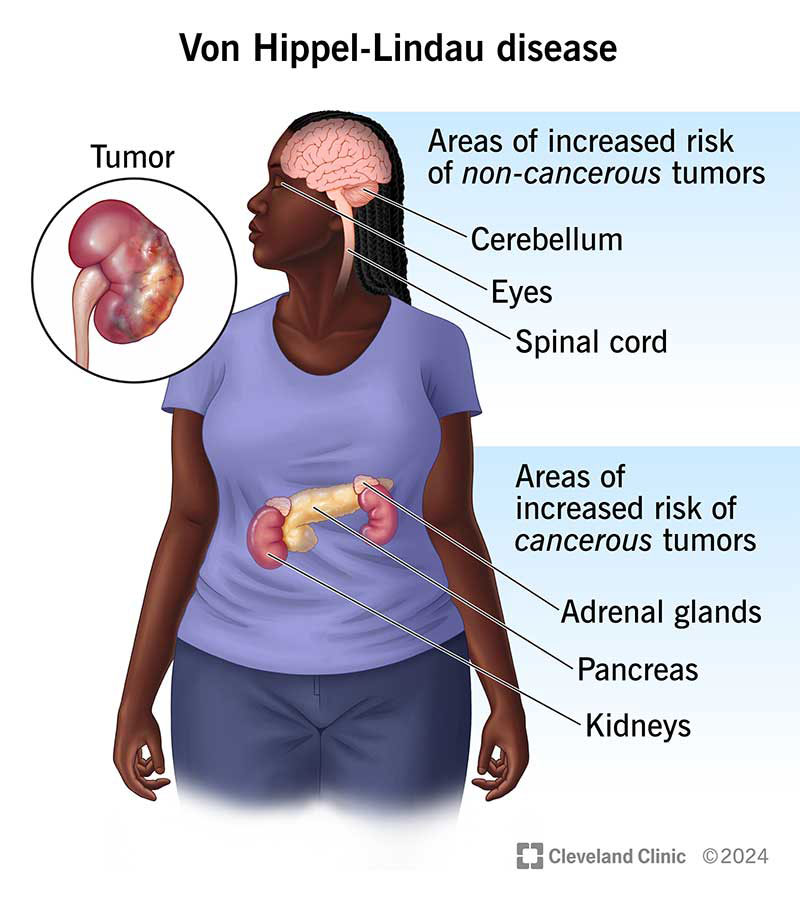Nursing Paper Example on Warkany Syndrome
Nursing Paper Example on Warkany Syndrome
(Nursing Paper Example on Warkany Syndrome) Warkany syndrome, also known as Trisomy 8 Mosaicism Syndrome, is a rare chromosomal disorder involving the presence of an extra chromosome 8 in some or all of the body’s cells. First described by Dr. Joseph Warkany, the syndrome has a variable presentation, with symptoms ranging from mild to severe physical abnormalities and developmental delays. Although Trisomy 8 can occur in a complete or mosaic form, the mosaic type is more common and compatible with life, as the complete form often results in miscarriage.
Genetic Basis and Etiology of Warkany Syndrome
Chromosomal Abnormality
Warkany syndrome is caused by trisomy of chromosome 8, meaning that instead of having two copies, affected cells have three copies of this chromosome. The syndrome typically presents as mosaic trisomy, where only a portion of the cells contain the extra chromosome, while others have a normal chromosomal arrangement. This genetic mosaicism arises during early embryonic cell division, leading to a mix of normal and trisomic cells in the body (Brooks et al., 2020).
Risk Factors
Although the exact cause of the chromosomal anomaly in Warkany syndrome is unknown, certain risk factors may increase the likelihood of chromosomal abnormalities, including maternal age. Advanced maternal age has been associated with an increased risk of chromosomal disorders in offspring, although it is less directly correlated with mosaic trisomy conditions like Warkany syndrome (National Organization for Rare Disorders, 2023).
Clinical Presentation and Signs and Symptoms
The manifestations of Warkany syndrome are variable and depend on the proportion and distribution of trisomic cells across different tissues and organs. However, some common clinical features include:
- Distinctive Facial Features: These may include deep-set eyes, prominent forehead, and large, low-set ears.
- Skeletal Abnormalities: Individuals often display musculoskeletal abnormalities, such as joint contractures, scoliosis, or spinal deformities.
- Intellectual and Developmental Delays: Mild to moderate intellectual disability is common, along with delays in speech and motor skill development.
- Hand and Foot Abnormalities: Features such as clinodactyly (curved fingers), broad thumbs, and small or webbed toes are often seen.
- Cardiovascular and Renal Anomalies: Structural heart defects and kidney abnormalities are reported, adding to the complexity of the syndrome’s management.
- Hypotonia: Reduced muscle tone, or hypotonia, is common, contributing to delayed motor milestones such as sitting and walking (National Institutes of Health, 2023).
Diagnosis of Warkany Syndrome
Prenatal Diagnosis
Prenatal diagnosis of Warkany syndrome is challenging due to the mosaic nature of the condition. Trisomy 8 mosaicism can sometimes be detected during prenatal testing, including:
- Amniocentesis: This procedure involves sampling amniotic fluid to analyze fetal cells for chromosomal abnormalities.
- Chorionic Villus Sampling (CVS): CVS samples placental tissue, which may also reveal mosaic trisomy 8 if present. However, CVS can miss mosaic cases if the extra chromosome is not present in the sampled cells.
Postnatal Diagnosis
Once born, the diagnosis of Warkany syndrome involves a combination of clinical assessment and genetic testing:
- Karyotyping: Chromosomal analysis of blood cells can reveal trisomy 8 mosaicism. However, because only some cells contain the extra chromosome, multiple tissue samples may be tested to confirm the mosaic distribution.
- Fluorescent In Situ Hybridization (FISH): FISH analysis is a more sensitive technique for detecting chromosomal abnormalities in various cell types, such as skin fibroblasts or buccal cells, and is useful in confirming mosaicism.
- Comparative Genomic Hybridization (CGH): CGH can detect even small chromosomal imbalances, providing a detailed profile of genetic abnormalities (Wong & Lamb, 2019).
Pathophysiology of Warkany Syndrome
The extra chromosome 8 in trisomy mosaicism disrupts normal gene expression, affecting multiple systems within the body. This chromosomal imbalance impacts cellular signaling and development pathways in various tissues, leading to the observed abnormalities in physical appearance, neurological development, and organ structure. Because of the mosaic nature, the extent of these disruptions varies based on the proportion of trisomic cells in each tissue, accounting for the syndrome’s variable presentation (Brooks et al., 2020).
Treatment and Management of Warkany Syndrome
Multidisciplinary Approach
Management of Warkany syndrome requires a tailored approach based on individual symptoms, involving several specialists:
- Cardiology and Nephrology Consultations: To manage congenital heart defects and kidney abnormalities, which are common in patients with Warkany syndrome.
- Orthopedics and Physical Therapy: Skeletal abnormalities, such as joint contractures and scoliosis, often require orthopedic intervention and ongoing physical therapy to improve mobility and motor function.
- Developmental and Behavioral Therapy: Speech therapy, occupational therapy, and behavioral interventions support intellectual and developmental progress, addressing speech delays, fine motor skills, and adaptive behaviors.
- Genetic Counseling: Families benefit from genetic counseling to understand the condition, its inheritance, and the potential recurrence risk in future pregnancies (National Organization for Rare Disorders, 2023).
Prognosis and Complications of Warkany Syndrome
The prognosis for individuals with Warkany syndrome is highly variable and depends on the severity of symptoms and the extent of mosaicism. While life expectancy is generally not reduced, complications from structural heart defects, kidney issues, and other systemic abnormalities can influence overall health outcomes.
Common Complications
- Cardiovascular Complications: Structural heart anomalies may lead to functional impairments and require monitoring and, in some cases, surgical correction.
- Respiratory Issues: Spinal deformities, such as scoliosis, can contribute to respiratory difficulties over time.
- Psychosocial Challenges: Individuals with Warkany syndrome may face social and psychological challenges, necessitating ongoing psychological support (Wong & Lamb, 2019).
(Nursing Paper Example on Warkany Syndrome)
Prevention and Genetic Counseling
Warkany syndrome is not typically inherited but occurs as a random chromosomal event during cell division. Consequently, no preventive measures are available. However, genetic counseling is recommended for families affected by Warkany syndrome, as it helps them understand the condition, potential recurrence risks, and options for prenatal testing in future pregnancies.
Conclusion
Warkany syndrome, or Trisomy 8 Mosaicism Syndrome, is a rare chromosomal disorder with a highly variable clinical presentation. Diagnosis requires genetic testing due to the mosaic nature of the condition, and management involves a comprehensive, multidisciplinary approach. Although life expectancy is generally normal, the condition may present complex health challenges, making early intervention and individualized care essential.
References
Brooks, A. S., & Monaghan, K. G. (2020). Trisomy 8 mosaicism syndrome. American Journal of Medical Genetics Part A, 182(5), 1048-1056. https://doi.org/10.1002/ajmg.a.61527
National Organization for Rare Disorders. (2023). Trisomy 8 mosaicism syndrome. https://rarediseases.org/rare-diseases/trisomy-8-mosaicism-syndrome/
National Institutes of Health. (2023). Trisomy 8 mosaicism. Genetic and Rare Diseases Information Center. https://rarediseases.info.nih.gov/diseases/5013/trisomy-8-mosaicism
Wong, C., & Lamb, A. N. (2019). Molecular genetic testing for mosaic trisomy 8. Cytogenetic and Genome Research, 159(2), 75-81. https://doi.org/10.1159/000500101












